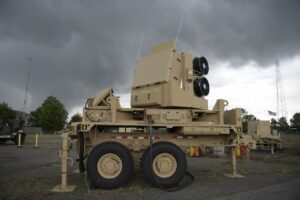
The Army has awarded Lockheed Martin [LMT] an accelerated contract to begin production on five additional Sentinel A4 radars, the new variant of the system, while also speeding up the overall program by six months, according to the company. The new deal for additional radars arrives just two years after Lockheed Martin won a $281 million contract covering production of 18 Sentinel A4 systems. “From the beginning, this program was always focused on beating any program requirements and delivery requirements…

 By
By 











